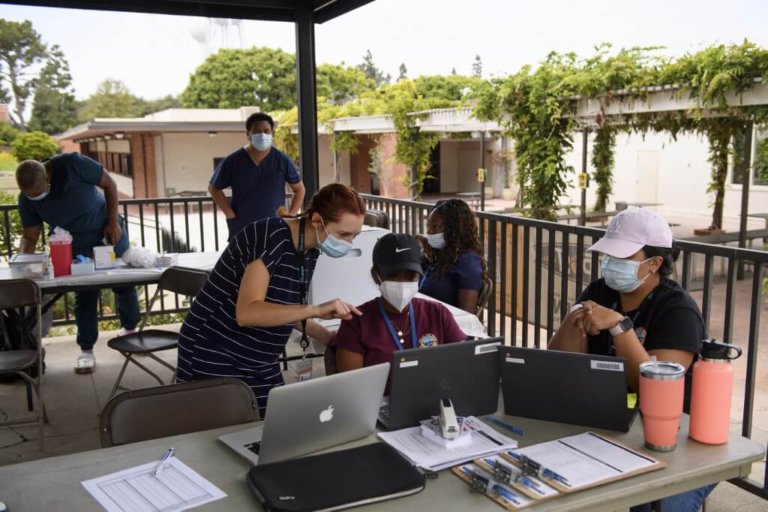
Did you know that personal growth essays are a common and popular prompt during college applications?
Like other essay prompts such as “learning from obstacles”, college admission essays are meant to help the college gain better insight into your character and personality.
A winning essay should be personal — one which showcases your uniqueness.
Some schools ask targeted questions like “What was the most challenging event you have ever faced, and how have you grown from it?”.
Or a more open-ended one like “Describe an event that has had great meaning for you. Explain why and how it has affected you.”
Knowing how to craft a strong essay can increase your admissions chances by ten times, according to a case study done on Harvard’s admission rates.
What’s more, college essays play a significant role in determining whether or not your application receives a second look or gets tossed aside.
Hence, knowing how to craft an impactful essay can make a world of a difference:
Here’s how to write a winning personal growth essay:
Elements of a good personal growth essay

College admission essays are meant to help the college gain better insight into your character and personality. Source: Ina Fassbender/AFP
There are four main components of an excellent personal growth essay.
Apart from having zero spelling and grammar mistakes, it’s also essential to have an engaging narrative, convincing argumentation, a well-organised structure and relevant information.
Your essay should also emphasise your motivations, strengths, and accomplishments that make you the ideal candidate.
If you are confused as to what you just read, remember the following when writing your essay:
- Craft a compelling narrative that highlights your experience and capabilities. A successful introduction usually begins with a story, anecdote, or personal experience.
- A well-organised structure consists of at least three to four paragraphs, excluding the introduction and conclusion.
- Place relevant information regarding your accomplishments and strengths.
- Like any other essay, conclude with an “answer” that is direct to the question posed and avoid adding new information.
6 steps to writing the best personal growth essay

Craft the best personal growth essay with these six steps. Source: Ethan Miller/Getty Images North America/Getty Images via AFP
The standard format for these types of essays consists of three primary components: an introduction paragraph, a primary body composed of two to four paragraphs, and a conclusion paragraph.
1. Create an outline
Creating an outline helps you determine the overall tone of the piece. A framework lets you lay out the main points you want to include.
These points can include a valuable lesson that had a personal impact on how you live your life.
2. Write a strong introduction
Think of your introduction as a “hook” to reel your readers in to make a solid first impression. A weak hook gives the impression that your content is dull.
Immediately give the reader an idea of what they can expect from the rest of the piece by explaining the topic from the get-go. This will encourage them to continue reading.
3. Crafting an impactful story with emotions
In the body paragraph, you flesh out what you’ve mentioned in the introduction.
When developing the body of your essay, keep your thesis statement in mind and build around it.
To keep your readers interested throughout your personal growth essay, you have to gradually take them on a visual journey across your essential points.
4. Be direct
One of the most important points when writing your essay is being concise and direct. It can be tempting to input extra information to hit the word count, but we don’t recommend that.
Remember, the essay’s purpose is to talk about a significant moment in your life. So, it’s essential that you get to the point quickly with ample details.
5. Conclude
Your conclusion should summarise and highlight the key takeaway from your essay.
6. Double-, triple-check for errors
Even the most famous writers proofread their work.
Since this personal growth essay is for your college application, paying attention to detail when reading your piece before submitting it can go a long way.
An excellent way to do this is by reading out loud; this helps highlight any errors you may have missed.
Apart from checking for grammar and spelling, check if your main message is conveyed accurately. Proofreading helps ensure that the narrative flows in the manner that you desire.









